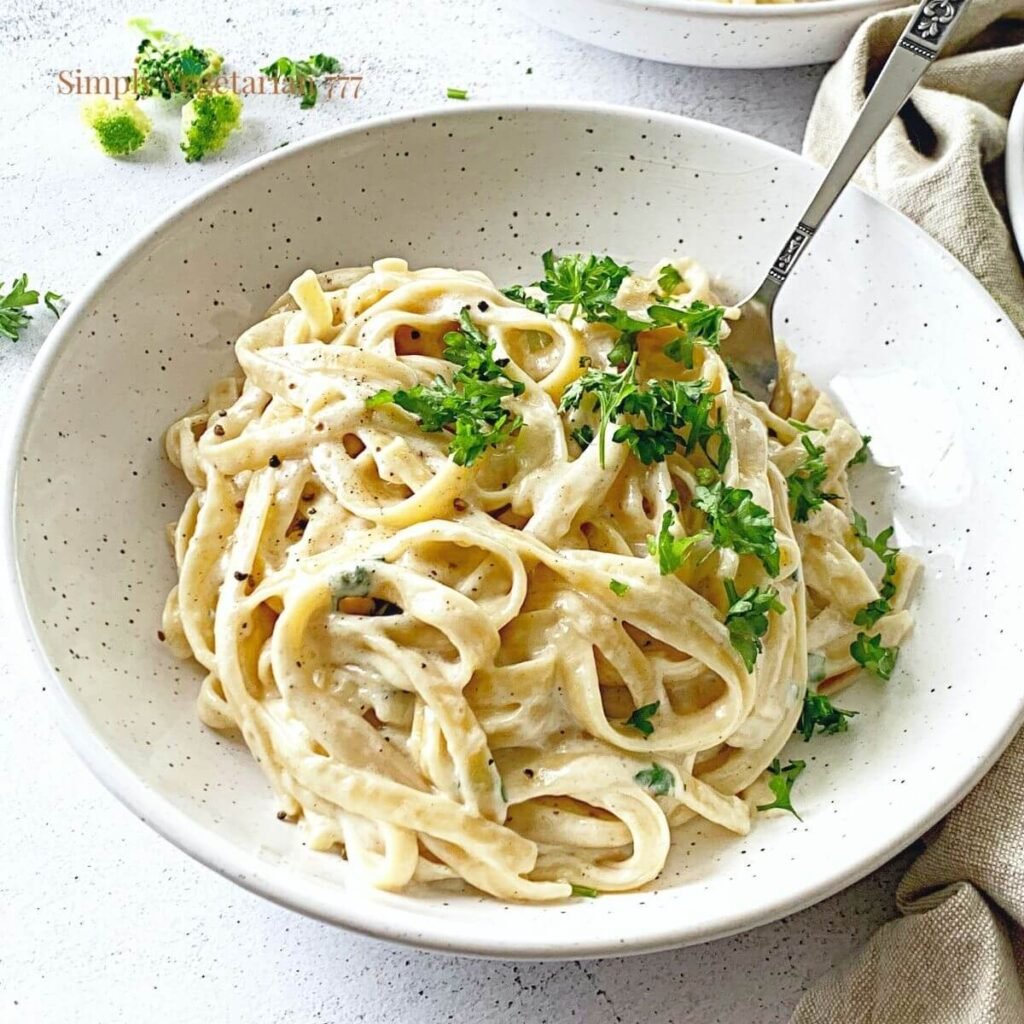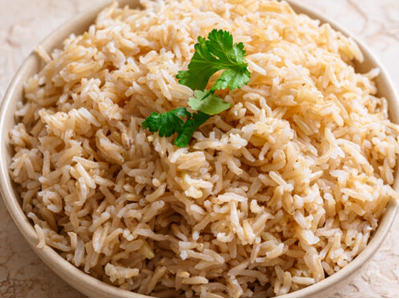Fettuccine Alfredo is a classic Italian pasta preparation that represents simplicity transformed into elegance. Understanding how to cook fettuccine alfredo recipe requires both precision and appreciation of its core elements: pasta, butter, and cheese. This dish, though minimalistic, depends on technique, temperature, and timing. Below is an extensive, structured guide to achieving the perfect Fettuccine Alfredo.

Historical and Scientific Overview
The origins of this dish trace back to Rome in 1908, where Alfredo di Lelio first engineered the formula of fettuccine combined with butter and Parmesan cheese. At that time, cream was not part of the culinary framework, and the emulsification depended purely on the interaction between melted butter fats and finely grated cheese proteins.
The original Italian term for this preparation was Fettuccine al burro, literally meaning “buttered fettuccine.” The transformation into what we now know as Fettuccine Alfredo became globally recognized when exported to America, where variations involving cream were later integrated.
visit also:- Tteokbokki Rice Cake Recipe – A Spicy Korean Street Food You’ll Love
Essential Ingredient Ratios
To correctly perform how to cook fettuccine alfredo recipea, ingredient ratios must be standardized for consistent texture and flavor outcomes.
| Ingredient | Ratio per 500g pasta | Description |
|---|---|---|
| Butter | 250g | Room temperature, unsalted preferred |
| Parmesan Cheese | 250g | Finely grated, high-fat content |
| Fettuccine | 500g | Fresh or dry, semolina-based |
| Salt | To taste | For pasta water saturation |
In empirical culinary terms, this ratio achieves the optimal balance between fat saturation and starch coating efficiency. Each strand of fettuccine becomes uniformly enveloped by a stable emulsion derived from dairy lipids and casein proteins.

Scientific Methodology of Preparation
- Preconditioning of Butter:
Remove butter from refrigeration and allow it to achieve room temperature. This step optimizes the spreadability and facilitates homogenous melting during emulsification. - Cheese Preparation:
Grate Parmesan cheese using the smallest possible microplane surface. The finer the cheese particles, the faster they melt and integrate with the butter-fat phase. - Pasta Hydration and Thermal Cooking:
Utilize approximately 4 liters of water per 500g of pasta. Salt the water to a concentration of roughly 3.5%, mimicking seawater salinity. Bring to a rolling boil before introducing fettuccine. Cook to al dente texture, typically 8–10 minutes depending on pasta density. - Primary Emulsion Formation:
In a heat-resistant mixing bowl, distribute the softened butter evenly. Once the pasta is drained (reserve 1 cup of starch water), deposit the hot fettuccine over the butter. The residual heat begins the lipid breakdown and emulsification process. - Protein-Lipid Fusion Stage:
Introduce half of the grated Parmesan and agitate using circular mixing motions. Add the remaining cheese incrementally to achieve full fusion. Incorporate 1–2 tablespoons of reserved pasta water to stabilize viscosity and promote a smooth, creamy texture. - Final Consistency Analysis:
Evaluate the sauce viscosity — it should form a uniform coating on each strand without excess pooling at the base. Adjust with additional cheese for thicker consistency or more butter for silkier flow.
Nutritional and Sensory Evaluation
Each serving of fettuccine alfredo recipea provides high caloric density (~800 kcal per 200g serving), primarily derived from saturated fats and carbohydrates. Sensory analysis reveals a complex umami profile dominated by aged cheese depth, balanced by the buttery mouthfeel and mild saltiness.
Optional modifiers such as black pepper or nutmeg may introduce aromatic volatility, enhancing olfactory satisfaction without compromising authenticity.

Culinary Tips and Optimization Techniques
- Avoid overheating: Excess heat can break the emulsion, resulting in an oily separation.
- Cheese quality control: Use genuine Parmigiano-Reggiano for optimal protein structure.
- Water integration: Starch molecules in pasta water act as emulsifying agents — critical in maintaining sauce stability.
Final Presentation Parameters
Plate the fettuccine immediately to prevent coagulation. Serve on a pre-warmed ceramic plate to maintain thermal integrity. Optionally garnish with micro herbs or freshly ground pepper to enhance aesthetic appeal.
Mastering how to cook fettuccine alfredo recipe is not merely cooking — it’s the application of physics and chemistry to create harmony between ingredients.

